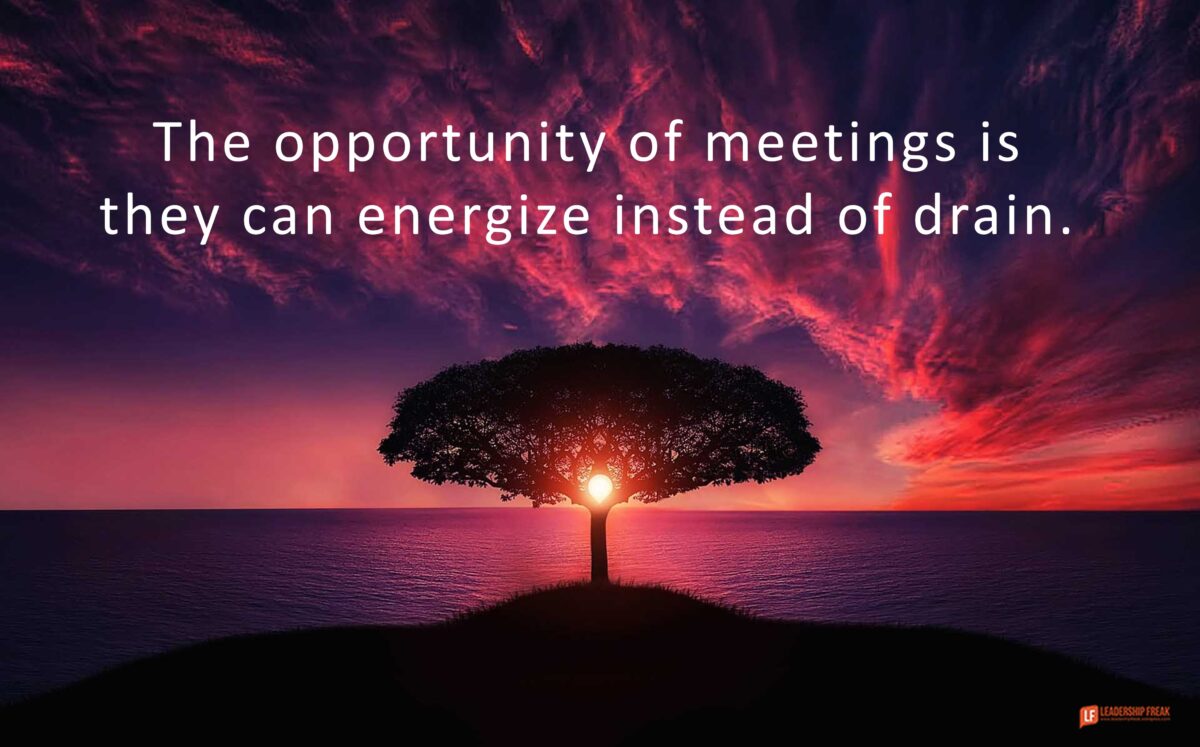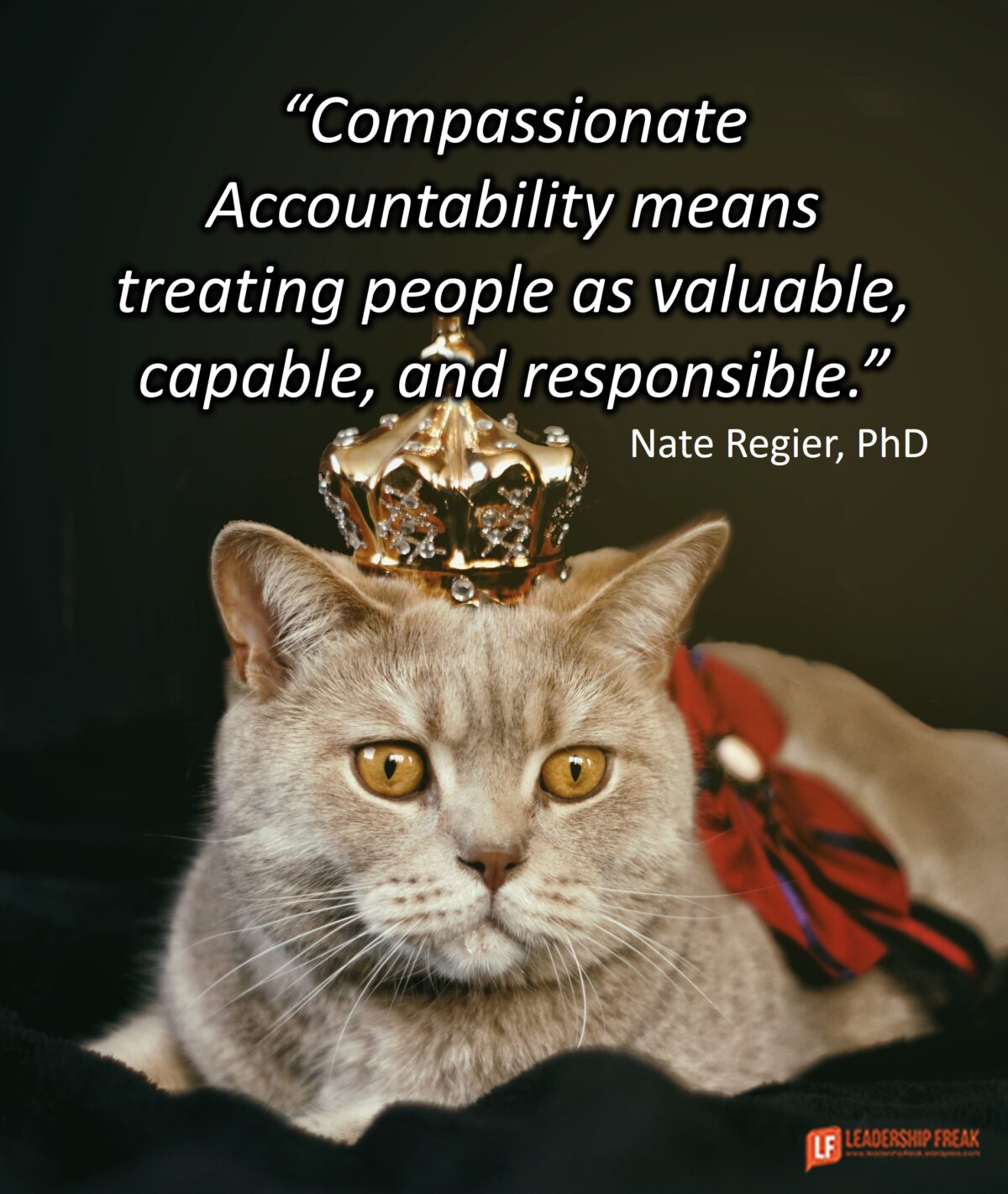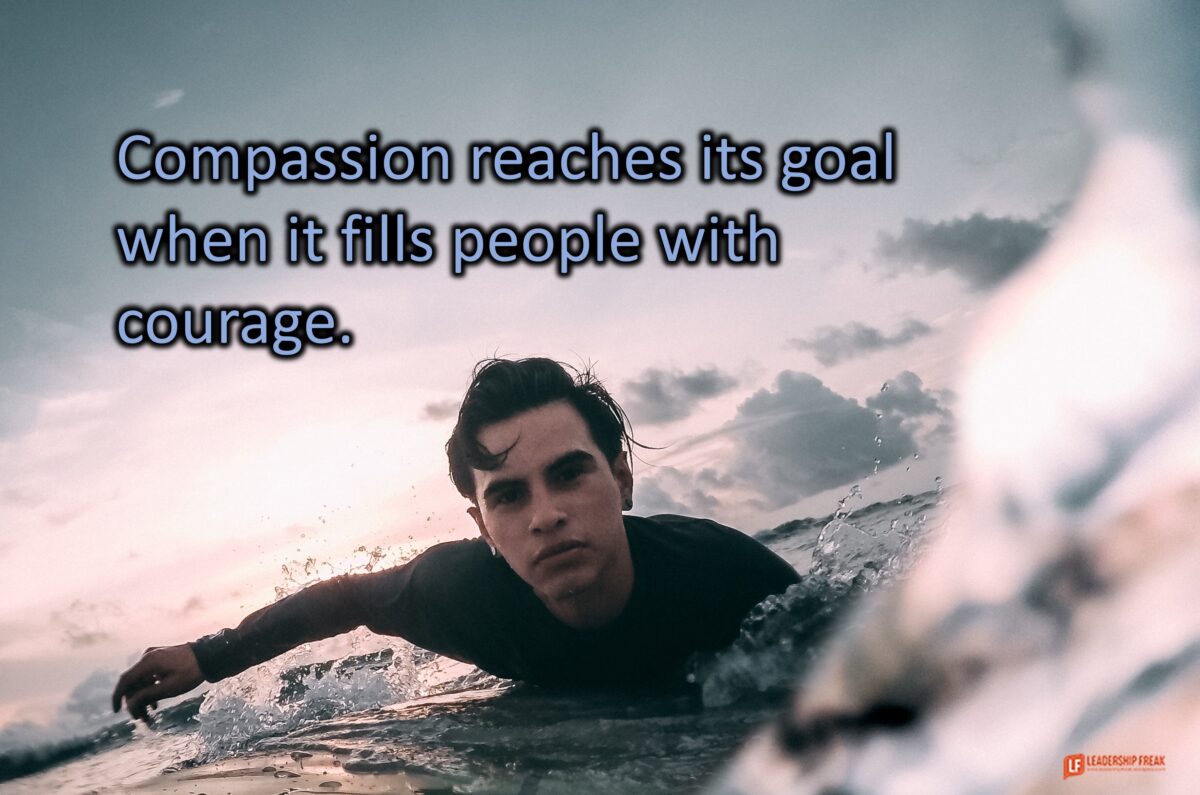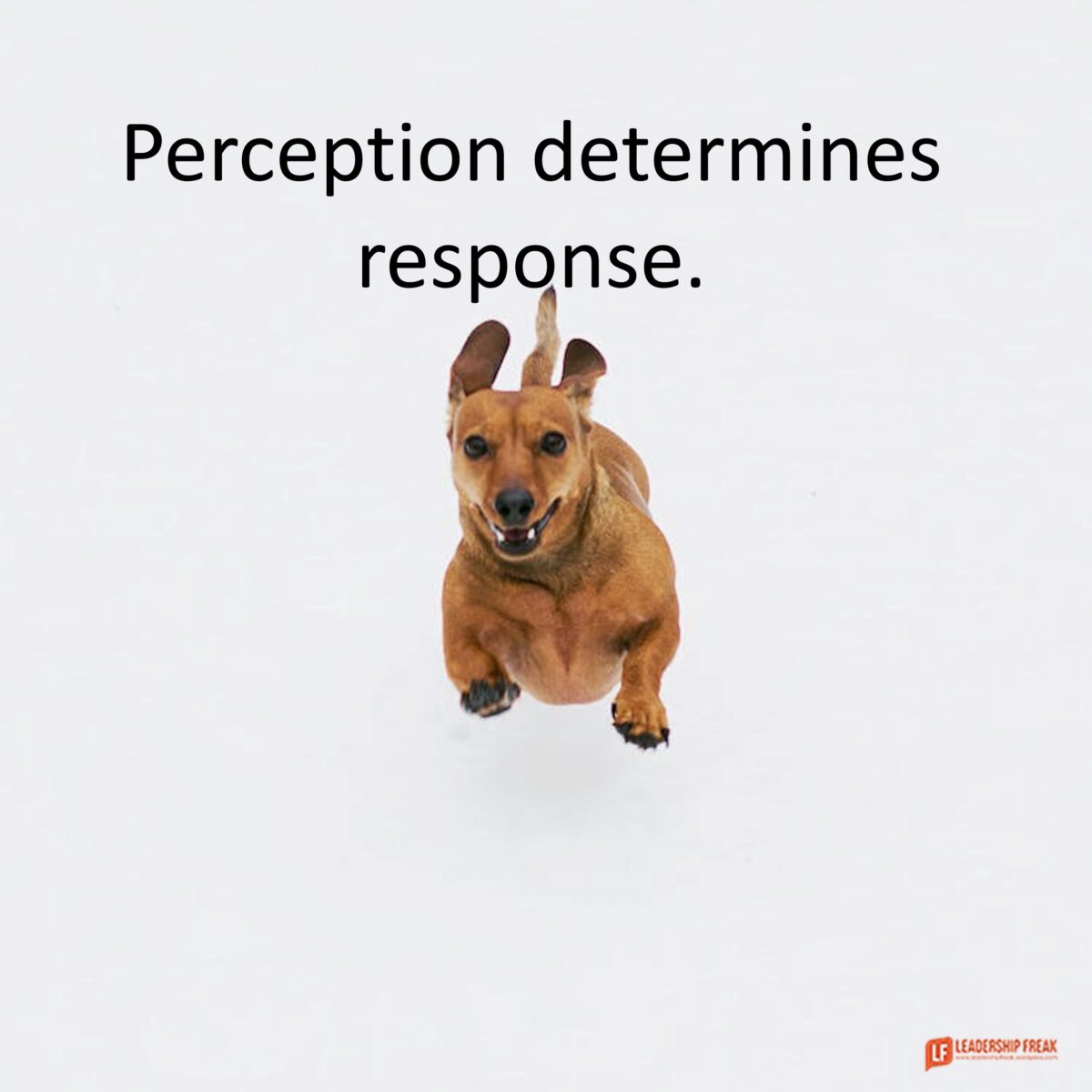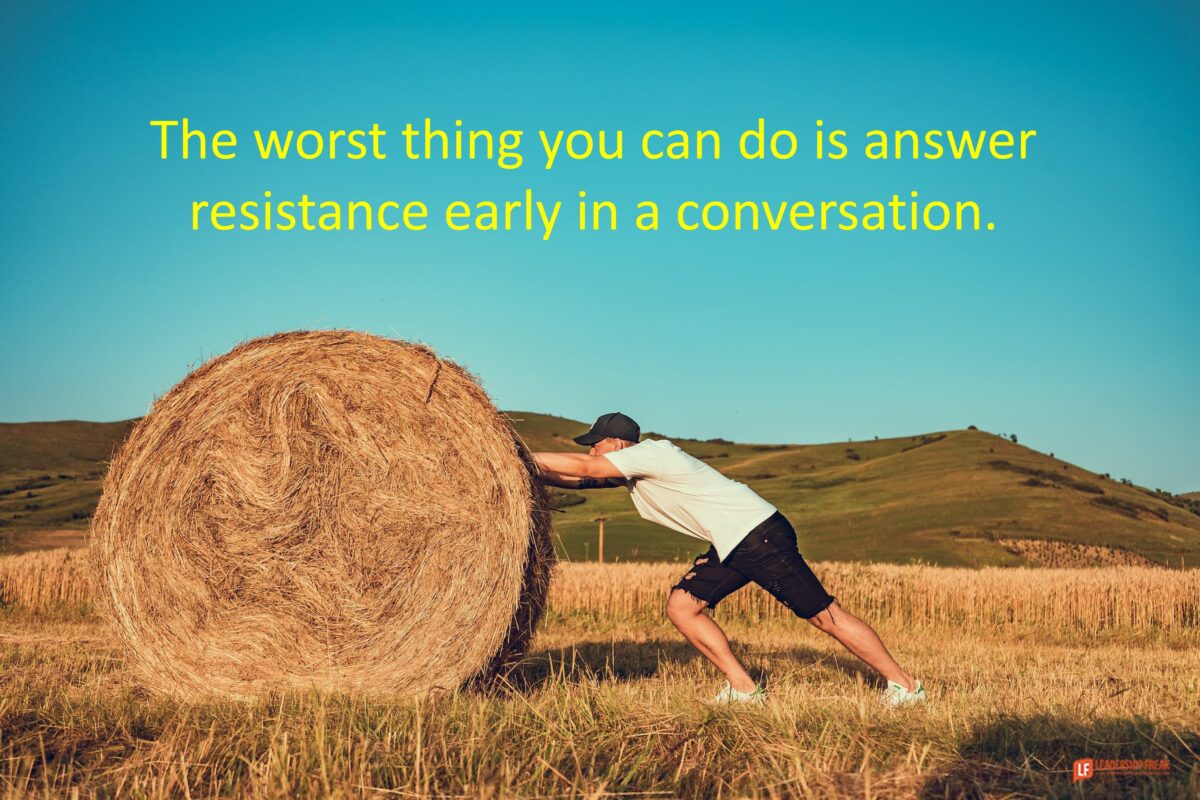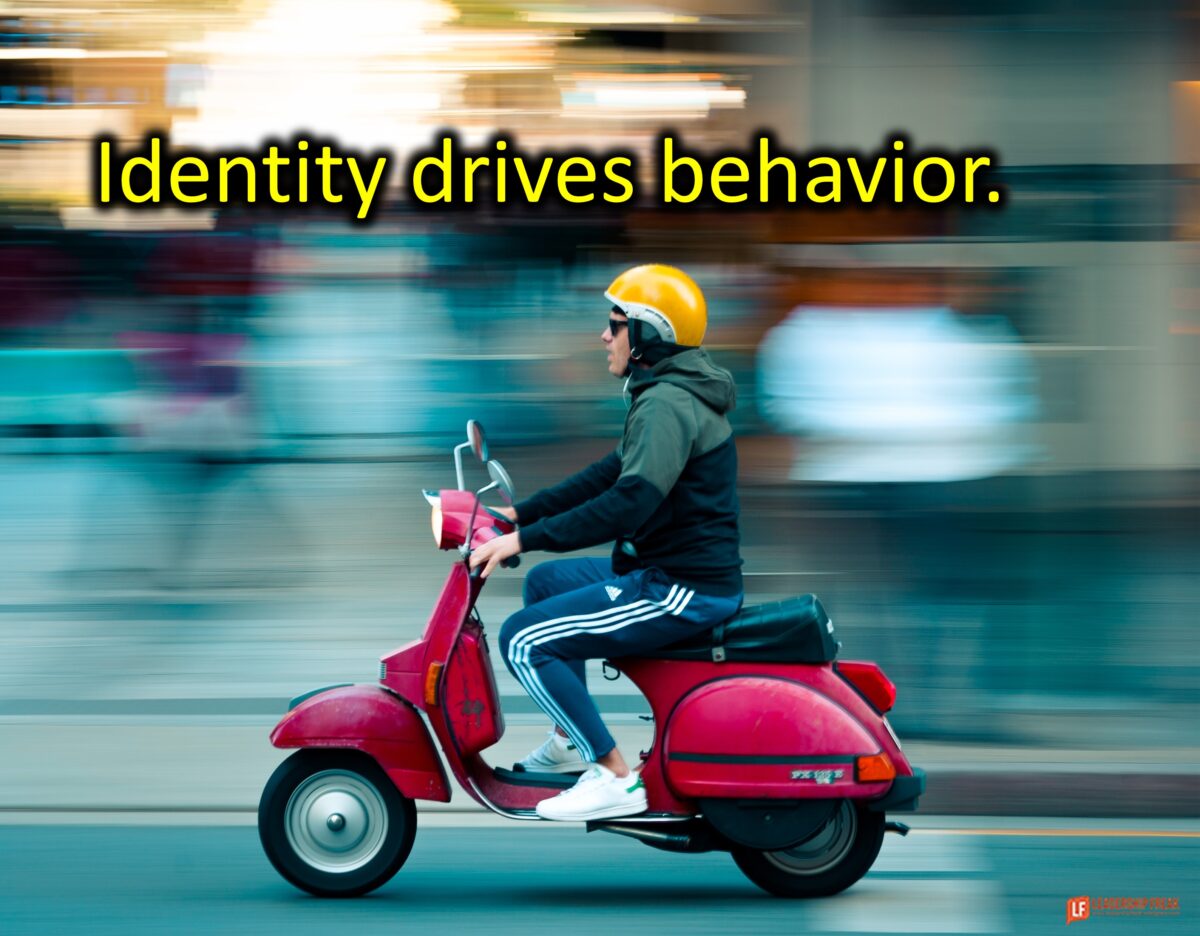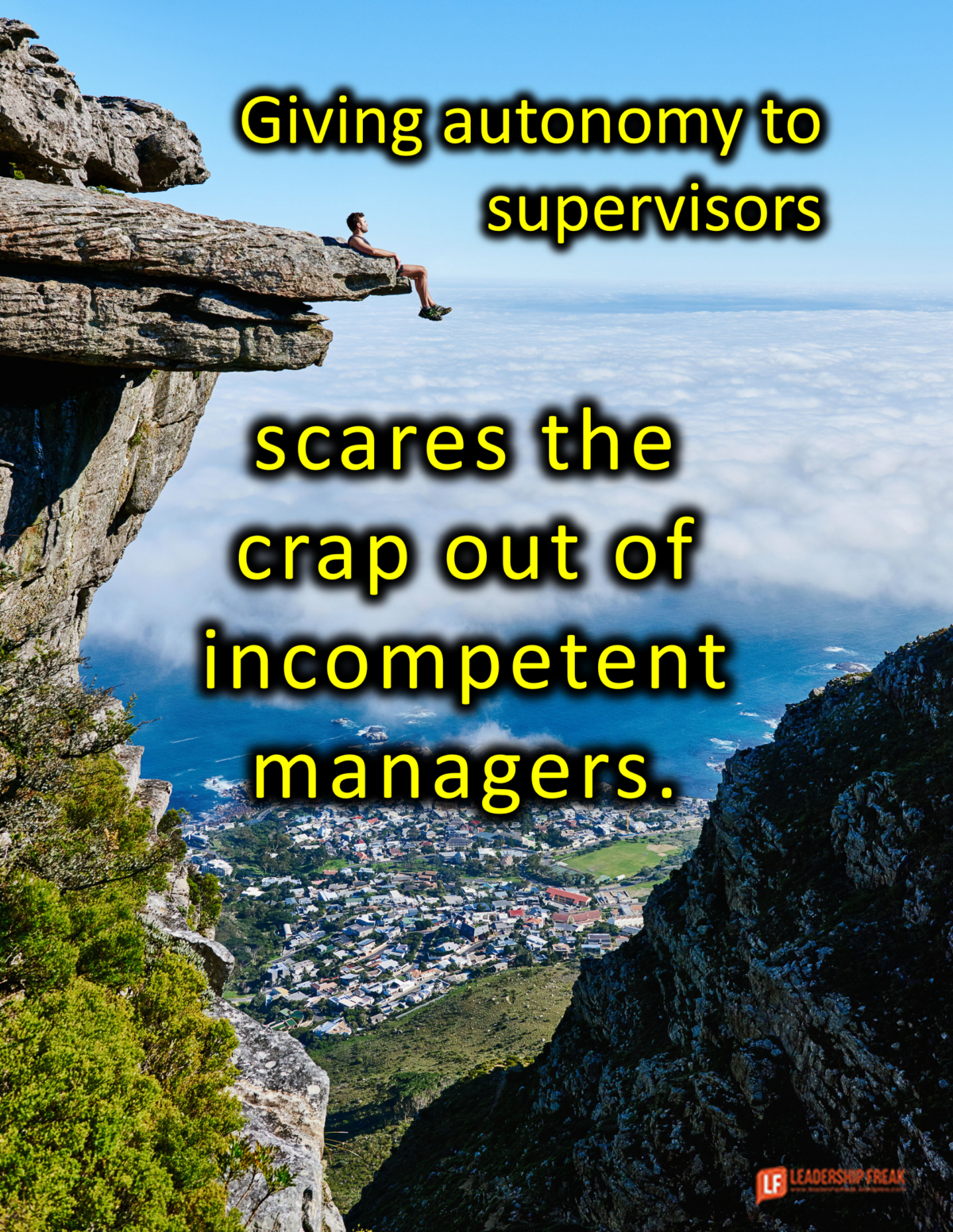7 Responses that Defeat Defensiveness
People don’t make you feel defensive. Defensiveness is your response.
Defensiveness is feeling attacked when others are trying to help.
Defensive language:
My natural response to criticism or corrective feedback is self-protection. After all, only sick people intentionally do stupid things.
My reasons are the right ones.
Noticing precedes improvement. Learn to notice defensive language in yourself and others.
Defensive people feel:
- Unfairly attacked.
- Unjustly Criticized.
- Underappreciated.
- Misunderstood.
Defensiveness is:
- Denial: Refusing to accept responsibility. “It’s not my fault.”
- Blame-shifting: Redirecting criticism onto others. “They made me do it.”
- Rationalization: Providing justifications or explanations. “You don’t understand.”
- Attacking: Hostility that diverts attention to others. “It’s other people’s fault.”
- Minimization: Downplaying the impact of your actions. “It’s not a big deal.”
- Justification: Presenting self-affirming evidence. “If you knew the pressure I’m under.”
- Shutting down: Withdrawing to avoid further confrontation. “I can’t deal with this right now.”
Roots of defensiveness:
People pleasing drives defensiveness. I’d brag about not getting defensive, but I worry what you’ll think.
Tying identity to performance makes criticism personal. I feel good about myself when the boss thinks I did good. It feels personal when someone suggests I didn’t do good.
The need to be right motivates self-justification. Confirmation bias is my favorite.
7 responses that defeat defensiveness:
Develop a hip-pocket response. When you start feeling attacked or criticized pull out a preplanned reply. Planned responses lower stress and portray confidence. Kneejerk reactions add heat to interactions.
- Openness. “This surprises me. Tell me more.”
- Curiosity. “What brought this to mind for you?”
- Development. “What suggestions do you have for me?”
- Gratitude. “Thanks for bringing this up. It’s important to me too.”
- Pause and breathe.
- Provide time for yourself. “Thanks for bringing this up. Let’s explore this after my next meeting.”
- Humility. Tell yourself they could be right.
What causes us to attack or explain when criticized?
What are some healthy responses to natural feelings of self-protection?
Still curious:
How to Defeat the Subtleties of Defensiveness
Like this:
Like Loading…





